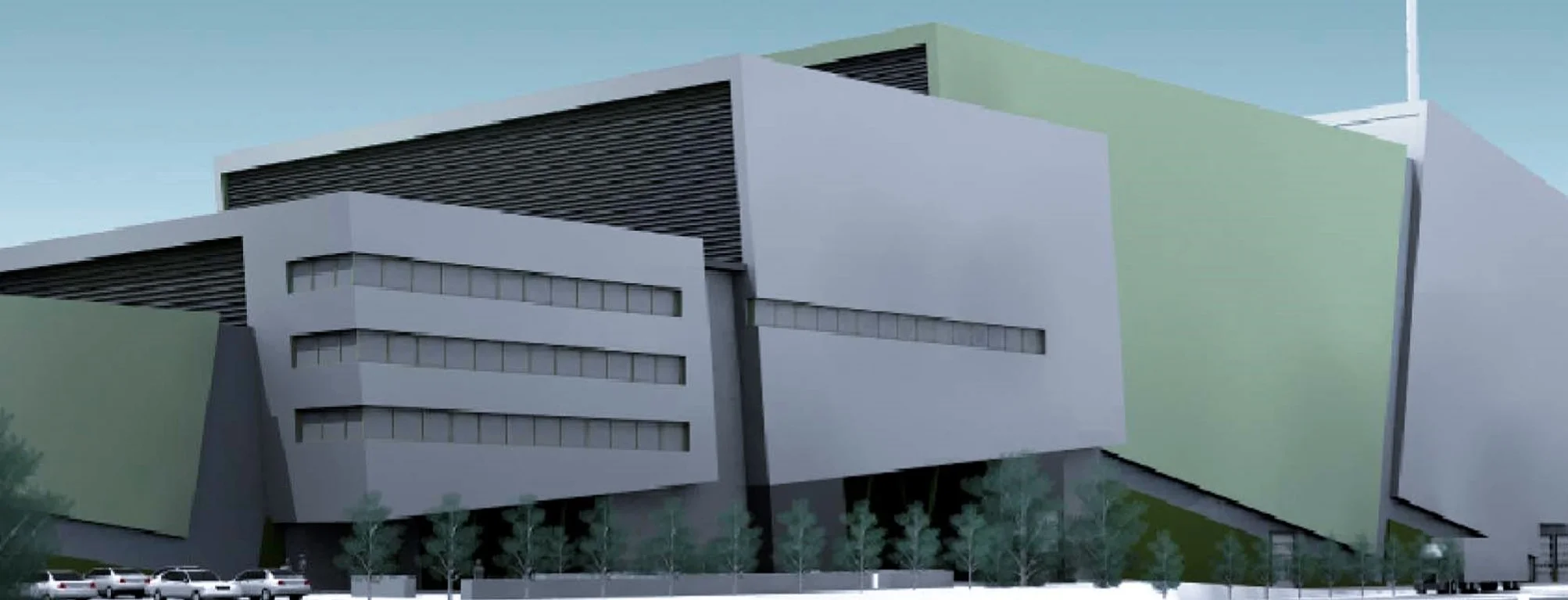Meet Shaun Pearse, OMA & IBA Operations Supervisor
/Shaun Pearse (OMA & IBA Operations supervisor)
Shaun Pearse, the Operations Maintenance Assistant (OMA) & Incinerator Bottom Ash (IBA) Operations Supervisor at the Gloucestershire Energy from Waste Facility, will mark his two-year anniversary with the facility this October. Shaun brings a wealth of experience to his role, having previously worked at Anaerobic Digestion (AD) plants. Although his current position and his previous experience in AD plants differ in some aspects, they share many similarities in terms of operations, making Shaun a valuable asset to the facility.
At the Gloucestershire Energy from Waste Facility, Shaun supervises both Incinerator Bottom Ash and tipping hall areas. Each of these areas plays an important role in the facility's overall operations.
IBA is the residual ash produced after waste is fully combusted in the facility. Shaun oversees the team and operations in this area, ensuring efficient processing and handling of the IBA. Interestingly, the Gloucestershire Energy from Waste Facility is one of the only EfW plants in the UK with an IBA processing facility on site, highlighting its focus on environmental sustainability and effective waste management.
The journey of IBA starts at the exit of the furnace where this non-combustible fraction of waste is first cooled via water reservoirs before travelling to the IBA hall using a series of conveyor belts. Here, the ash is deposited into one of five drying bays, allowing the moisture to evaporate or drain out over approximately 10-days. The facility generates around 115 tonnes of IBA daily.
Once dried, the material is then processed. A JCB Front Loader is used to load approximately 3.5 tonnes of unprocessed IBA at a time into a vibrating feed hopper. This hopper feeds the ash onto a conveyor, which transports the material into a trommel - a large drum-like machine - that separates material into two fractions based on size.
The smaller IBA fraction (below 35mm in size) falls through the trommel holes and is transported via another conveyor to an Electromagnetic Separator, where ferrous metals are recovered. The fraction then passes through an Eddy Current Separator, equipped with a vibrating feeder, to recover non-ferrous metals.
The larger IBA fraction (over 35mm) passes through the trommel and undergoes further processing through another Electromagnetic Separator, which recovers ferrous metals.
Once metals have been recovered from the two size fractions, the remaining processed materials, known as Incinerator Bottom Ash Aggregate (IBAA), are combined and deposited into one of five storage bays before exporting off-site. IBAA, can be utilised in a variety of applications.
Overall, the entire process includes the separation of ferrous metals (those containing iron) and non-ferrous metals (such as aluminium, copper, brass, and other precious metals), along with the recovery of aggregates (stones and rocks) that can be reused in construction.
Shaun says, "Recycling these materials is so important because it not only gives us valuable resources but also cuts down on the environmental impact of mining and processing virgin materials. By recovering and reusing these materials, we're helping to create a more sustainable and circular economy.”
In his secondary role as OMA, Shaun supervises the tipping hall, where delivery vehicles deposit waste into the bunker ready for processing. Controlling this area is important for maintaining the steady flow of waste through the energy from waste process, ensuring efficient and continuous operation of the facility.
"I really enjoy working in this industry. Every day, I witness the amount of waste that passes through our facility, and it really drives home the importance of efficient waste management and recycling practices. I feel like I'm doing my bit for the environment by helping to manage this waste properly and ensuring that as much of the non-combustible fraction as possible is recovered and repurposed following the energy from waste process. It's rewarding to know that our efforts are contributing to a cleaner, more sustainable future," Shaun adds.





